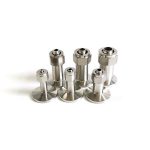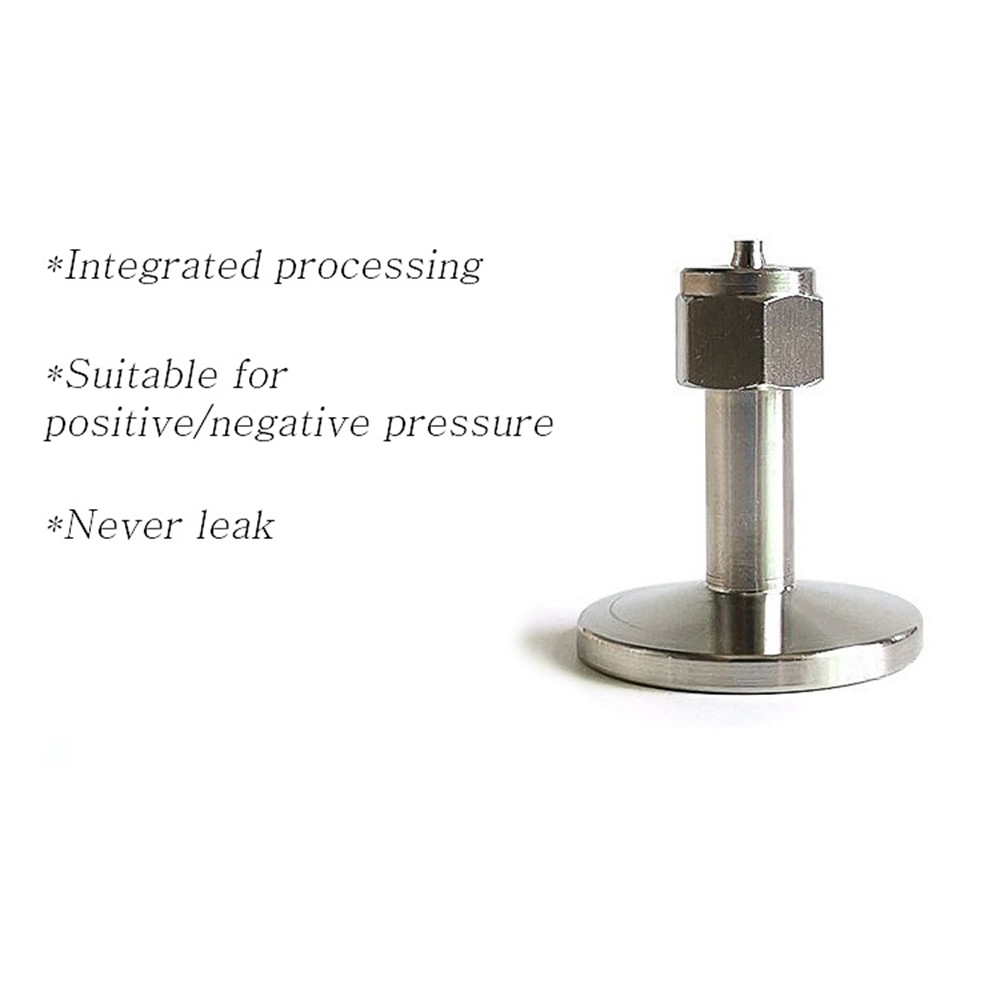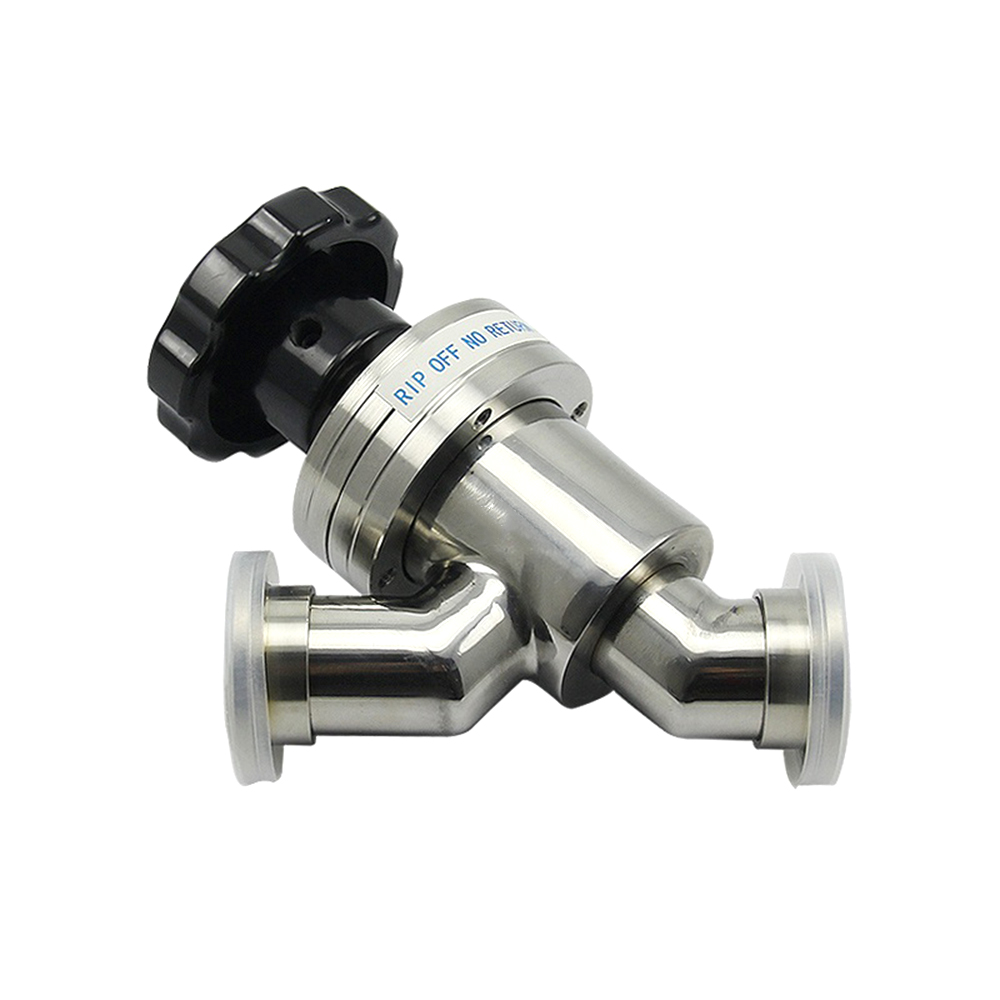
Solutions to Top Ten Common Valve Problems
- Why should hard seal be used as far as possible for shut-off valves?
The leakage of the cut-off valve is as low as possible. The leakage of the soft-sealed valve is the lowest. The cut-off effect is of course good, but it is not wear-resistant and has poor reliability. From the perspective of the double standards of small leakage, and reliable sealing, soft sealing is not as good as hard sealing. For example, the full-function ultra-light regulating valve, sealed and stacked with wear-resistant alloy protection, has high reliability, and has a leakage rate of 10-7, which can already meet the requirements of the shut-off valve.
- Why can’t the double seal valve be used as a shut-off valve?
The advantage of the double-seat valve core is the force balance structure, which allows a large pressure difference, but its outstanding disadvantage is that the two sealing surfaces cannot be in good contact at the same time, resulting in large leakage. If it is artificially and compulsorily used for cutting off occasions, the effect is obviously not good, even if many improvements (such as double-sealed sleeve valve) are made for it, it is not advisable.
- Why is the double seat valve easy to oscillate when working at a small opening?
For single core, when the medium is flow open type, the valve stability is good; when the medium is flow closed type, the valve stability is poor. The double seat valve has two spools, the lower spool is in flow closed and the upper spool is in flow open. In this way, the flow-closed spool is likely to cause valve vibration when working at a small opening. This is a double seat valve The reason why it cannot be used for small opening work.
- Which straight-stroke control valve has poor anti-blocking performance and quarter-turn valve has good anti-blocking performance?
The straight-stroke valve spool is throttling vertically, and the medium flows in and out horizontally. The flow path in the valve cavity will inevitably turn and turn, which makes the flow path of the valve quite complicated (like an inverted “S” shape). In this way, there are many dead zones, providing space for the precipitation of the medium, and if things go on like this, it will cause blockage. The direction of throttling of the quarter-turn valve is the horizontal direction. The medium flows in and out horizontally, which is easy to take away the dirty medium. At the same time, the flow path is simple, and the space for medium precipitation is small, so the quarter-turn valve has good anti-blocking performance.
- Why is the stem of the straight stroke control valve thinner?
Straight stroke regulating valve involves a simple mechanical principle: high sliding friction and low rolling friction. The stem of the straight-stroke valve moves up and down, and the packing is slightly compressed, it will pack the stem very tightly, resulting in a larger return difference. For this reason, the valve stem is designed to be very small, and the packing often uses PTFE packing with a small friction coefficient to reduce the backlash. However, the problem is that the valve stem is thin, which is easy to bend and the packing life is short. The best way to solve this problem is to use a travel valve stem, that is, a quarter-turn valve. Its stem is 2 to 3 times thicker than a straight-stroke valve stem. It also uses long-life graphite packing and stem stiffness. Good, the packing has a long life, but its friction torque is small and the backlash is small.
- Why is the cut-off pressure difference of the quarter-turn valve large?
The cut-off pressure difference of the quarter-turn valve is relatively large, because the resultant force generated by the medium on the valve core or valve plate produces a very small torque on the rotating shaft, so it can withstand a large pressure difference.
- Why does the sleeve valve replace the single and double seat valve but not get what you want?
Sleeve valves that came out in the 1960s were widely used at home and abroad in the 1970s. Sleeve valves accounted for a larger proportion of petrochemical plants introduced in the 1980s. At that time, many people believed that sleeve valves could replace single and double seat valves. , Become the second generation product. Until now, this is not the case. Single-seat valves, double-seat valves, and sleeve valves are all used equally. This is because the sleeve valve only improves the throttling form, stability and maintenance better than the single seat valve, but its weight, anti-blocking and leakage indicators are consistent with the single and double seat valves, how can it replace the single and double seat valves What? Therefore, they can only be used together.
- Why use rubber-lined butterfly valves and fluorine-lined diaphragm valves for desalinated water media have a short service life?
The desalinated water medium contains low concentrations of acid or alkali, which are more corrosive to rubber. The corrosion of rubber is manifested as expansion, aging, and low strength. The effect of using rubber-lined butterfly valves and diaphragm valves is poor. The essence is that the rubber is not resistant to corrosion. The rear rubber-lined diaphragm valve is improved to a fluorine-lined diaphragm valve with good corrosion resistance, but the diaphragm of the fluorine-lined diaphragm valve cannot withstand folding up and down and is broken, causing mechanical damage and shortening the life of the valve. The best way is to use a special ball valve for water treatment, which can be used for 5 to 8 years.
- Why are piston actuators used more and more in pneumatic valves?
For pneumatic valves, the piston actuator can make full use of the air source pressure to make the size of the actuator smaller than that of the diaphragm type, with greater thrust, and the O-ring in the piston is more reliable than the diaphragm, so its use will be more and more many.
- Why is selection more important than calculation?
Compared with calculation and selection, selection is much more important and more complicated. Because the calculation is only a simple formula calculation, it does not lie in the accuracy of the formula itself, but in the accuracy of the given process parameters. The selection involves a lot of content, and a little carelessness will lead to improper selection, which not only causes waste of manpower, material and financial resources, but also unsatisfactory use effect, which brings about several use problems, such as reliability, lifespan, and operation Quality etc.







